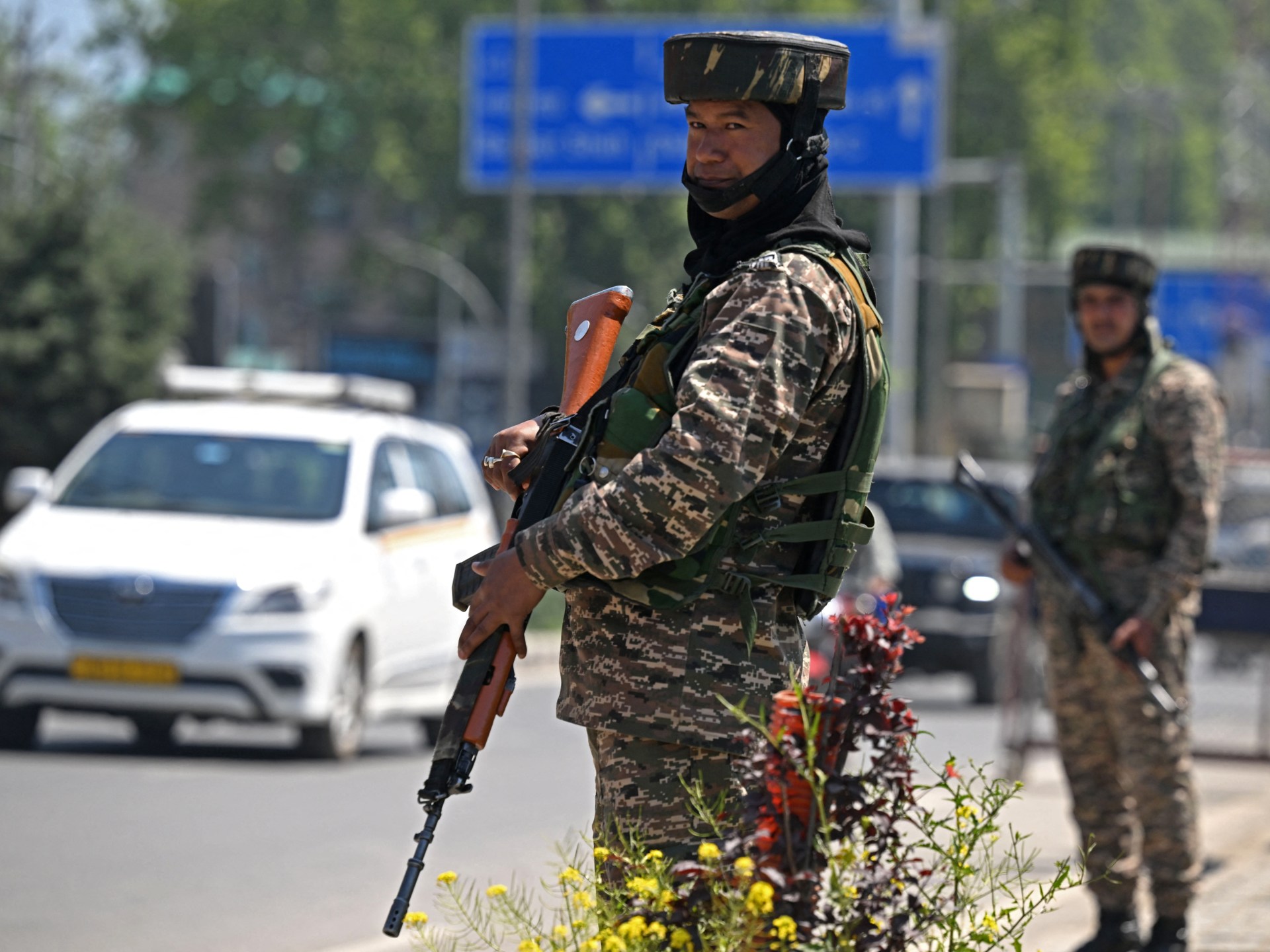The user wants a detailed analysis and professional report in simplified Chinese, based on the provided search result: “Rubio urges de-escalation in India, Pakistan calls amid soaring tensions”.
The report needs to be over 1000 characters, follow specific structural and stylistic requirements, and adhere to Markdown format.
Here’s a plan:
* Why were tensions soaring between India and Pakistan? (Need to infer or search for context around the time Rubio made the calls).
* What were the potential implications of the rising tensions?
* Who is Marco Rubio and why did he intervene? (US interest in regional stability).
* What does “de-escalation” mean in this context? (Steps involved in reducing conflict).
* What is the broader significance of such calls from international figures?
* What are the challenges in achieving de-escalation in this specific context?
* Opening: Hook the reader by highlighting the volatility of regional tensions and the sudden need for external intervention.
* Section 1: 边境风云再起:紧张螺旋是如何拧紧的?(Border tensions flare up: How was the spiral of tension tightened?) – Discuss the context of the India-Pakistan tensions leading up to Rubio’s call. While the search result is specific, I can infer the general context of historical tensions and recent flare-ups.
* Section 2: 域外之声:为何美国参议员会出面?(Voice from outside the region: Why did a US Senator step forward?) – Introduce Marco Rubio and explain the US perspective and interest in stability in South Asia.
* Section 3: “降温”的呼吁:何谓缓和局势?(The call for “cooling down”: What does de-escalation mean?) – Detail what de-escalation typically involves and what Rubio’s calls likely entailed (dialogue, restraint, etc.).
* Section 4: 呼吁背后的挑战与深意 (Challenges and deeper meaning behind the call) – Discuss the difficulties in resolving long-standing disputes and the significance of the US role as a potential mediator or influencer.
* Section 5: 未来何去何从? (Where to go in the future?) – Conclude with the need for sustained efforts and the ongoing importance of regional stability.
* Ending: A reflective conclusion emphasizing the fragility of peace and the importance of dialogue.
* Mention Rubio’s specific action in Section 2 or 3.
* Emphasize *why* he did it (US interest) and *what* he called for (de-escalation).
* Use this action as the central event around which the analysis is built.
* 简体中文写作 (Yes)
* 1000字以上 (Need to ensure sufficient length)
* 深入浅出,避免枯燥,融入创意,引发共鸣 (Aim for this)
* 删除文章开头大标题,不出现英文 (Yes)
* 设定小标题,结构递进,层次分明 (Yes)
* 融入原文资料与事实 (Yes, the fact about Rubio’s call)
* Markdown格式输出 (Yes)
* 删除文末来源/参考资料 (Yes)
* 直接回答,无问候语/客套话/引导语 (Yes)
Constraint Checklist & Confidence Score:
Confidence Score: 5/5
Strategizing complete. I will now proceed with generating the response following these steps.





